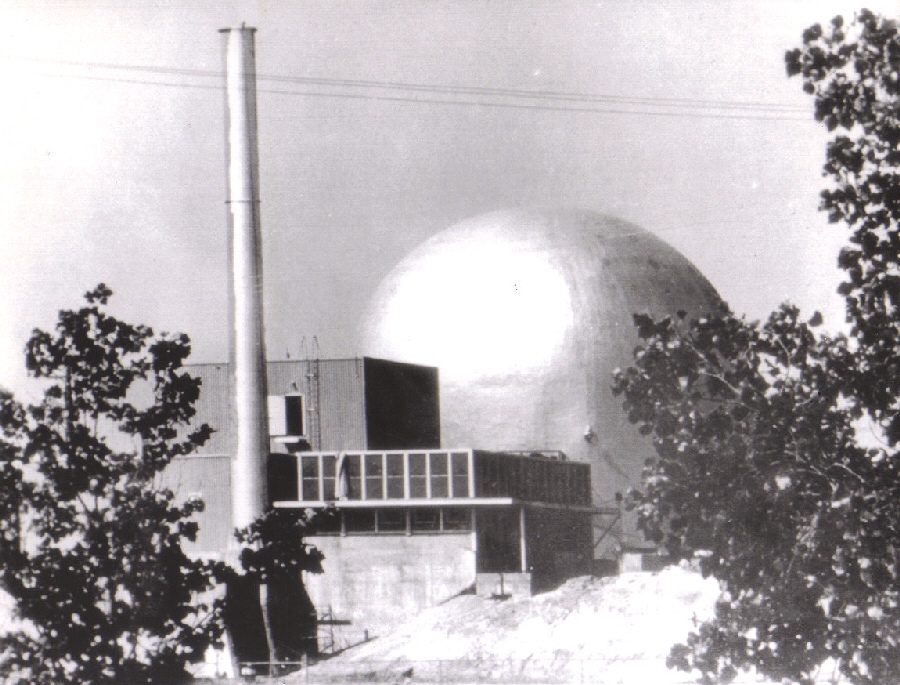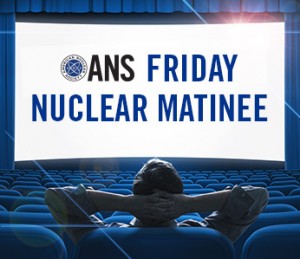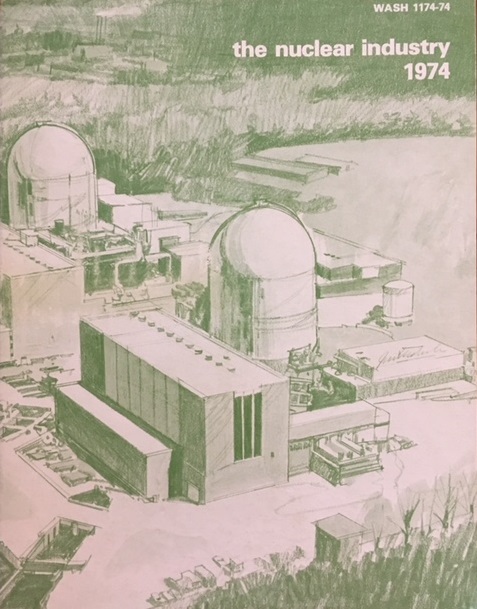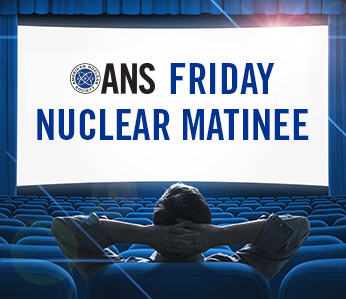Welcome to 2019! I hope everyone who took a break enjoyed it. For those who didn't, why didn't you? Initially, I had thoughts of trying to separate from social media and news to a significant extent during the holidays but, after conversations with Linda Zec (our wonderful ANS staff liaison for the Social Media Team, among many other things) decided that it was impractical to do so for a variety of reasons. So, as the holiday furor ebbed and flowed and I continued, still connected, to read news and year-end summations, I found myself wishing that there wouldn't be so much frustrating news in 2019. That's why I decided to open my eighth calendar year writing for the ANS Nuclear Cafe with a wish list, or "listicle" in the inside jargon, if you prefer. Here, in ascending order of importance (or, I suppose, increasing order of unlikelihood) are my five wishes for this new year in nuclear energy. (All on one screen; no annoying "next" buttons. You're welcome.)








